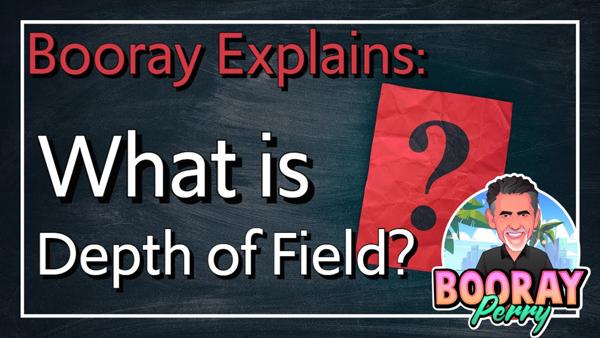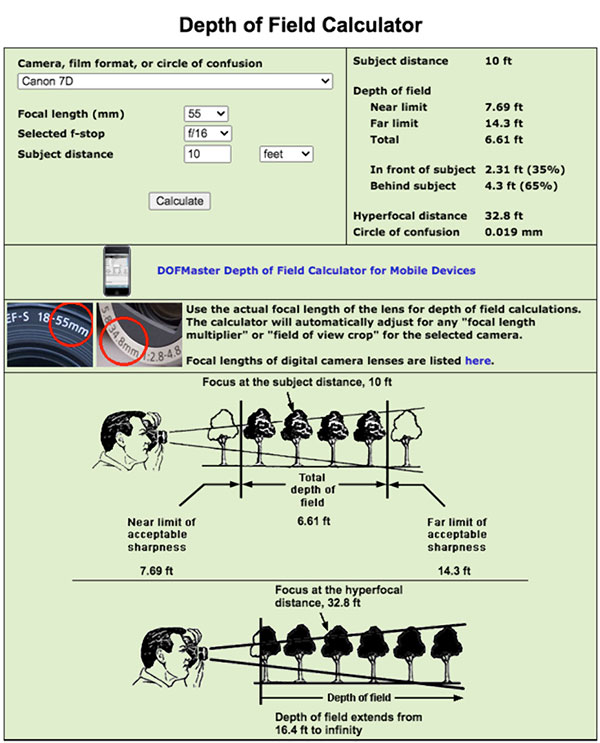Using Depth of Field for More Forceful Photos (VIDEO)

One skill that can make the difference between a good photograph and a great one is the proper use of depth of field—especially when shooting landscapes, nature, and other outdoor images. In the video below you’ll learn how this concept works, and the three key variables for doing it right.
The term “depth of field” describes the range of sharpness in an image behind and in front of your primary subject. Sometimes a shallow depth of field makes a key portion of the frame stand out by blurring the background, foreground or both. Other times, like in some landscapes scenes, the goal is maximum sharpness throughout the frame from front to back.
In this episode of the popular “Boorary Explains” series you’ll learn all the basics for getting the job done. As a result, your images will be more effective by helping guide a viewer’s eyes exactly where you want them to go.
Booray Perry is a Tampa-based pro who specializes basic tutorials that provide the necessary “building blocks” for less-experienced shooters to greatly improve their work. Today he explains how the thoughtful use of depth of field can make or break a photo, and how aperture, the focal length of your lens, and camera-to-subject distance can be manipulated to get the look you want.

Perry begins with a discussion of aperture settings as pertains to the zone of sharpness in an image. Simply put, “The wider the aperture, the more shallow the depth of field.” That’s why knowledgeable photographers shoot with fast lenses when they desire a minimal zone of sharpness. Conversely, by stopping the lens down to f/16 or f/22, you’ll achieve maximum depth of field.
Next Perry discusses how camera-to-subject distance affects the equation, noting that, “The closer you move toward your subject, the shallower depth of field becomes.” So when you get it super tight, like when shooting macro photos, precise focus is crucial because the zone of sharpness is negligible.
Perry wraps up this helpful explainer with a straightforward explanation of the synergy between focal length and the two variables mentioned above. He also provides a link beneath the video to the above depth-of-field calculator for simplifying the process.
There are some great basic tips on Perry’s YouTube channel, and in the tutorial we posted earlier, explaining why another pro says, “White Balance is the most important camera setting.”








































